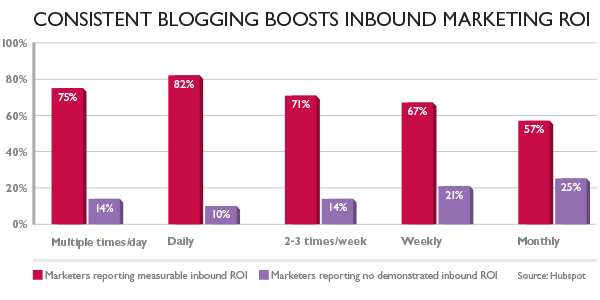Why hospitals need inbound marketing
Inbound tactics improve search rankings and patient engagement
While outbound marketing strategies can build awareness and keep your healthcare brand top of mind, inbound marketing can nurture relationships and encourage patient engagement. Patients have gotten better at filtering out unwanted marketing messages, especially those in Gen X and Gen Y (Millennials). They have made the transition to healthcare consumers by taking a proactive role in their health and using the technology at their fingertips to research their options. Hospitals and physician practices now must build trust with prospective patients and earn the loyalty of current patients by regularly publishing content.
This shift in patient mentality, paired with the changes in the Google ranking algorithm (see below), create a necessity for inbound marketing. Organizations that continually update their websites with fresh content, and encourage others to share it, remain relevant in Google searches. According to HubSpot, 82% of of marketers who blog daily report positive ROI for overall inbound marketing efforts, and 60% of companies will use inbound marketing strategies in 2013, allocating 34% of their overall budget to its execution, compared to 23% slated for outbound marketing strategies.
Another benefit to inbound marketing is that it’s easy to set up clear measurement tactics to track successes and ROI. However, it is important to manage expectations, as inbound marketing takes time to develop, and must be given adequate time and resources to work.

Updates to Google ranking algorithm favor inbound marketing:
- In 2009, the Google Caffeine Update made content index faster, causing websites with content that is frequently updated to begin outranking websites that remain unchanged.
- In 2011, the Google Panda Update targeted websites with low-quality content (bot-generated or fluffed up with keywords), rendering them irrelevant to the search.
- Finally, in 2012, the Google Penguin Update reviews inbound links and penalizes sites with a high number of links from untrustworthy websites.
To learn more, download the white paper
“Inbound Marketing: Nourishment for Content-Hungry Patients”
